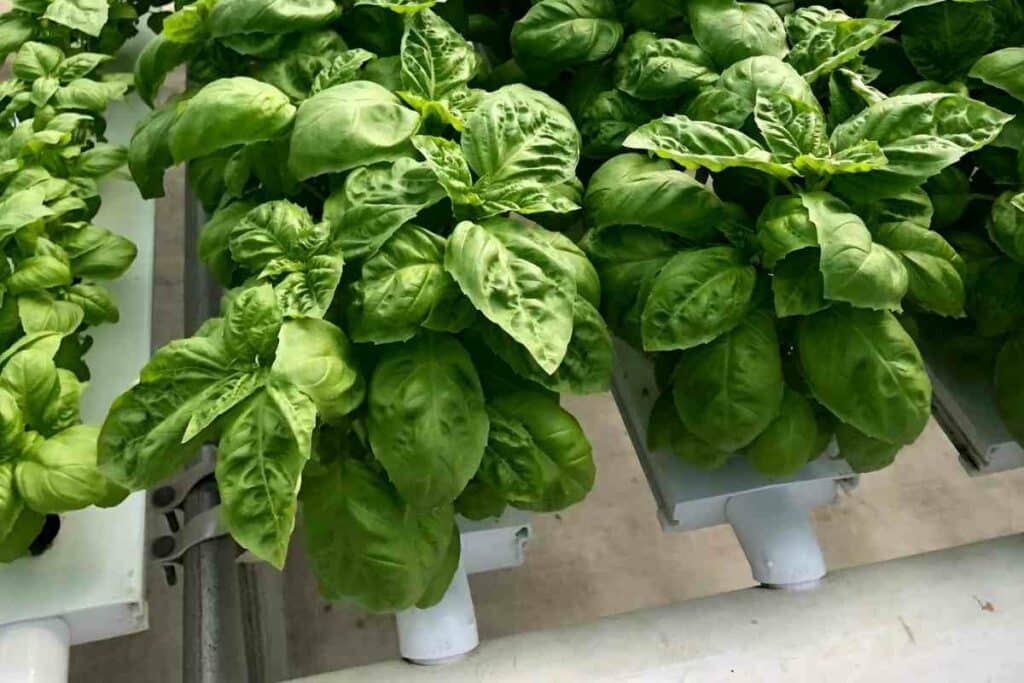Hydroponics is an approach to gardening that includes a variety of cultivation techniques that utilize materials other than soil.
Bubbleponics and deep-water culture (DWC) are two of those techniques. In this article, we’ll take a closer look at both of these techniques and determine which one is better.
Is Bubbleponics better than DWC or vice-versa?
Bubbleponics is actually a sub-category of DWC. If constructed properly, a Bubbleponics system may be more effective and efficient in growing your garden. Additionally, it could be considered the best option for beginners.
What is Bubbleponics?
This is a hybrid, top-fed hydroponic method that combines drip hydroponic and deep-water culture systems.
Basically, a Bubbleponics system continuously feeds plants with the nutrient solution.
Comparing Bubbleponics and DWC Systems
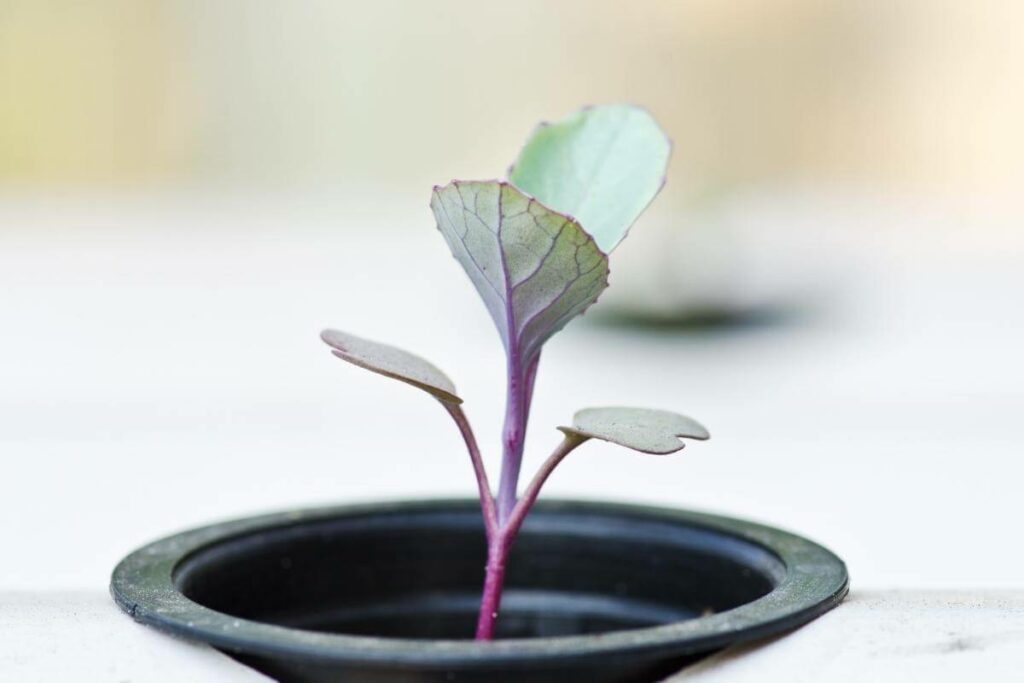
Keep in mind that Bubbleponics is a sub-technique of DWC.
The primary difference between the two is that Bubbleponics systems use drip irrigation feeding tubes and an air pump to deliver nutrients to the roots of the plants.
Typically, DWC systems don’t use feeding tubes. However, they do use an air pump to create a consistent flow of nutrients to the roots of the plants.
Bubbleponics can easily be viewed as a more advanced alternative when compared to other DWC systems.
After all, it’s much more effective to deliver the nutrient solution directly to the roots through feeding tubes.
Basically, this method of hydroponics is the first one that uses commercial irrigation. This doesn’t necessarily mean that typical DWC techniques are not effective.
Think About This: If properly constructed, a Bubbleponics system is definitely the best when it comes to DWC hydroponic systems.
Benefits/Advantages of Bubbleponics over DWC
There are several benefits and advantages that come with Bubbleponics over DWC systems.
They are listed below:
- Rate of plant growth increases within a few hours.
- Roots in a DWC system take some time to reach the reservoir that contains the nutrient solution. However, with a Bubbleponics system, the roots have access to the nutrient solution from the beginning. Once the roots gain access to the nutrient solution, there’s not much difference between Bubbleponics and DWC.
- Once installed, a Bubbleponics system is not difficult to maintain.
- You don’t need a lot of space to set up a Bubbleponics system.
- High-yielding plants grow depending upon the time dedicated to nutrient and light access.
Detriments/Disadvantages of Bubbleponics over DWC
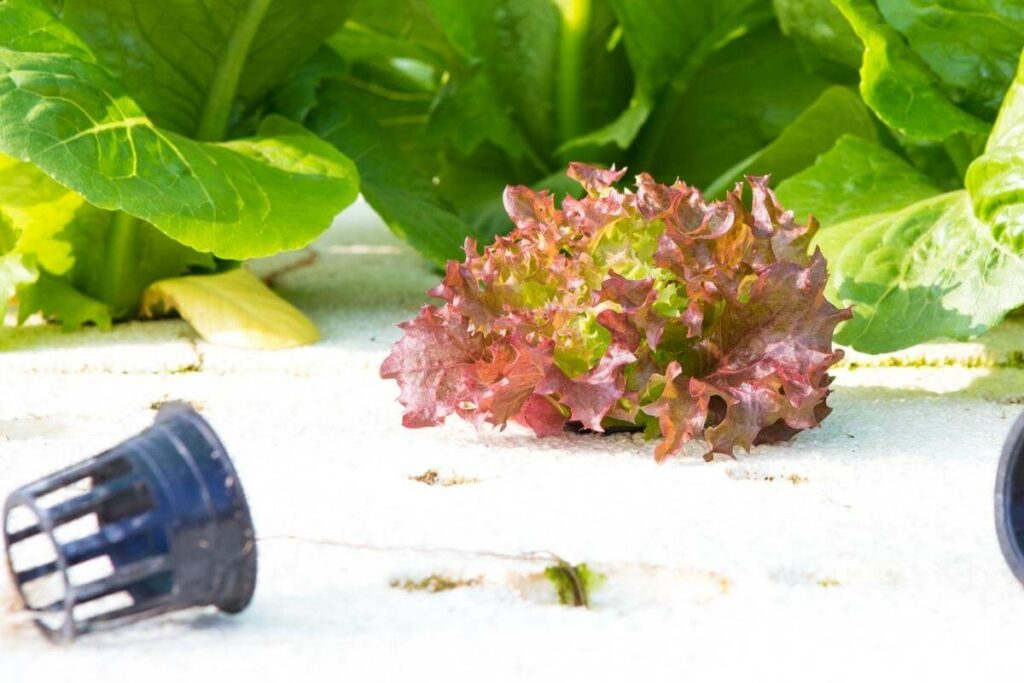
Of course, there are also several detriments/disadvantages of using a Bubbleponics system over a DWC system.
These are listed below:
- Setting up a Bubbleponics system is difficult and takes up a lot of time.
- Since the roots are growing directly in water, the plants are more likely to experience root rot and other root issues.
- You’ll need a specific lighting system for each type of plant you grow. You’ll want to do plenty of research to ensure that you choose the right one.
How Does it Work?
Now that you understand a little more about how both systems compare with each other, let’s take a closer look at how Bubbleponics works:
- In a Bubbleponics system, the roots of the plant are immersed in a reservoir (typically a 5-to-10-gallon bucket or storage bin) with a soluble nutrient solution.
- The roots of the plant sit in net pots anchored by some type of grow bed material, such as air stones, also known as expanded clay stones. These stones are porous and lightweight, which provides the roots of the plants with adequate structural support and oxygen.
- Air tubes are threaded inside the net cups and continually deliver the nutrient solution to the roots of the plants. The other ends of the tubes are connected to an air pump that powers the delivery of the nutrient solution.
What Do You Need to Set Up A Bubbleponics System?
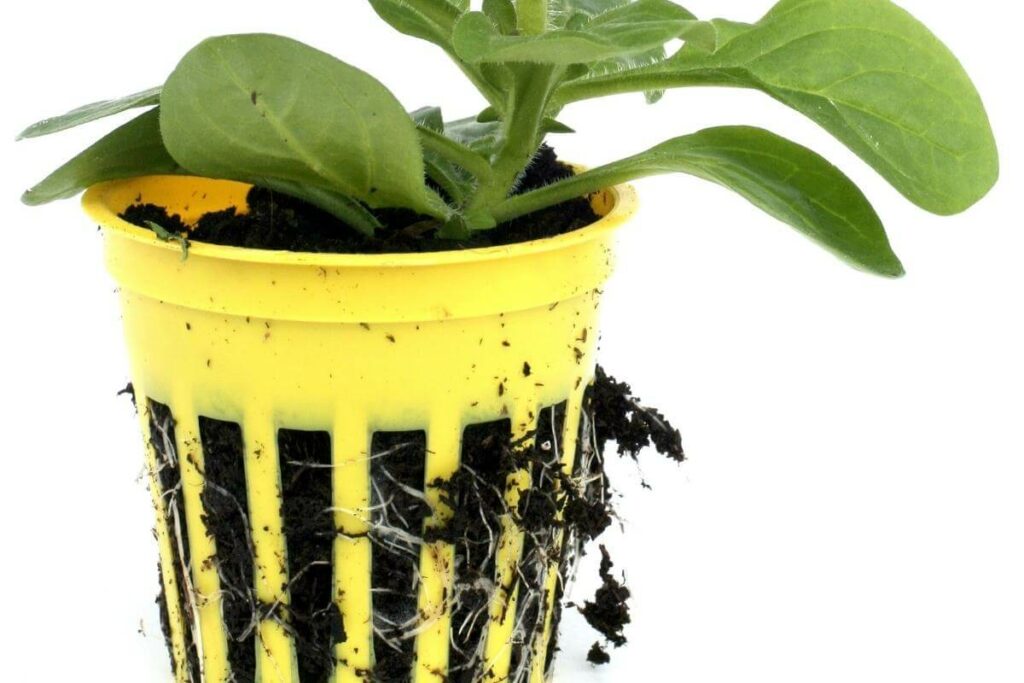
Below you will find a list of the equipment that you will need to set up a Bubbleponics system of your own:
- Air pump and tubing
- Net pots
- Reservoir
- Air stones/expanded clay stones or other porous grow bed material
- Appropriate nutrient solution based on the plants you’re growing
- Water level indicator
Of course, while this is the most common setup for a Bubbleponics system, there are many ways that you can effectively set up your own.
Best Strategy: Simply do your research and decide which one you feel would be ideal for your situation.
Tips for Choosing Lighting for Bubbleponics System
One important thing to keep in mind is that a Bubbleponics system is small/compact.
You should avoid using lights that give off high heat, such as HPS.
Instead, choose a small LED light panel that includes lights for each stage of growth (blue, white, and red).
What Plants are Best for Bubbleponics?
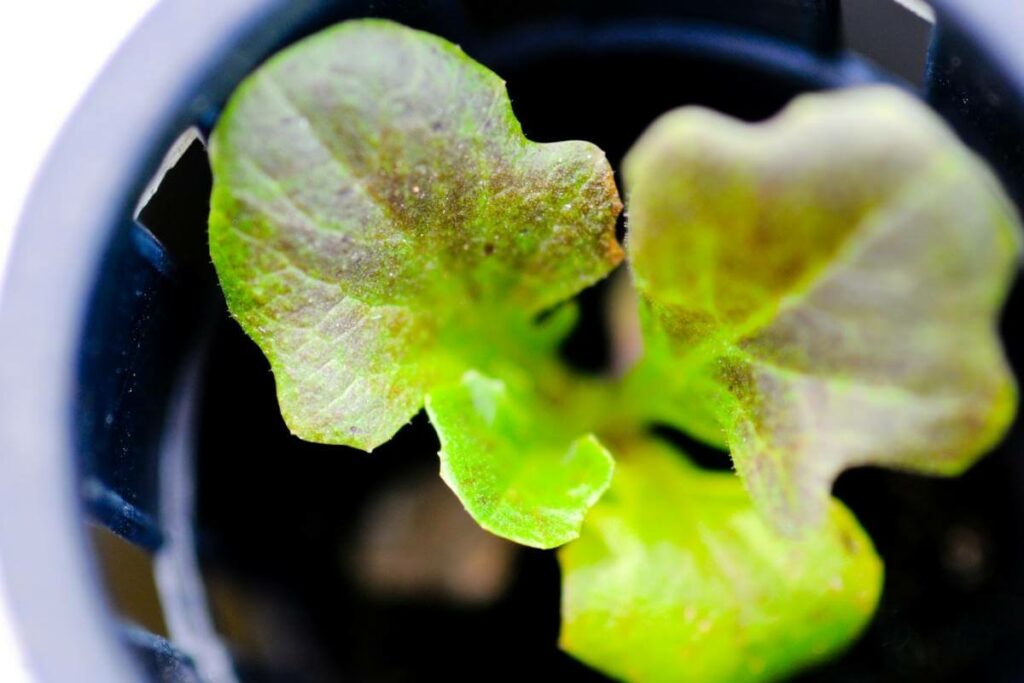
Like the various other hydroponics systems, this is a great solution for growing various veggies, succulents, and herbs.
Here are just a few ideas:
- Basil
- Lavender
- Cucumbers
- Tarragon
- Chervil
- Dill
- Marjoram
- Tomato
- Rosemary
- Chives
- Oregano
- Thyme
- Cilantro
- Mint
- Salad greens
- Chamomile
- Parsley
- Spinach
- Peppers
- Scallion
- Chilies
- Strawberries
Conclusion
Hydroponics is a method of growing that doesn’t require soil for growing plants.
There are several different methods under this umbrella. DWC is one of those options, and under that, you’ll find Bubbleponics.
This is a great way to grow plants quickly and have better returns.
Setting up a Bubbleponics system requires lots of time and effort, but once it’s done, it doesn’t require as much maintenance as many of the other techniques.


